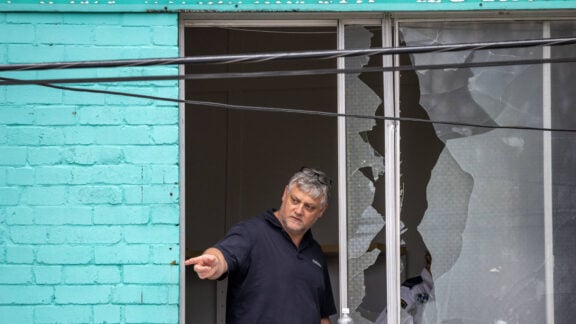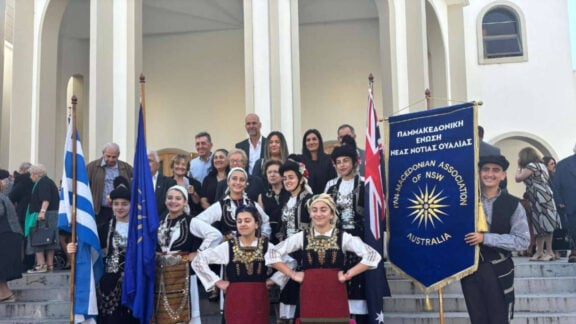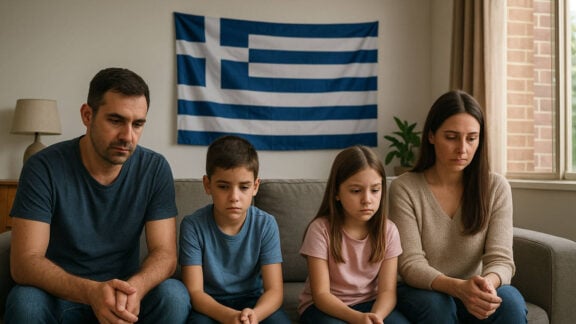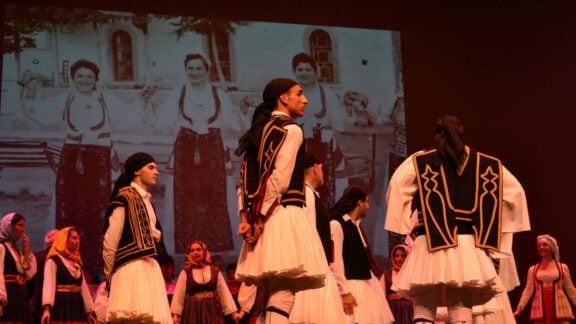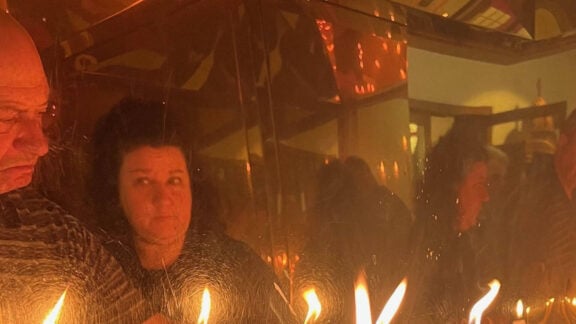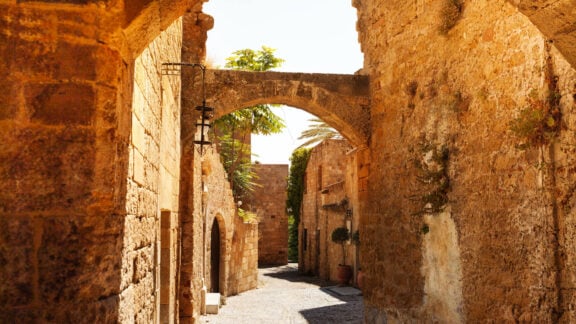The island of Lemnos in Greece is set to expand into historical tourism with the Australian funded memorial trail for ANZAC’s due to open in 2025.
Over the years, and especially in the last decade, Lemnos has evolved into a tourist destination with its beautiful beaches, gastronomy and quality products, value for money services and hospitality.
Now the island will add historical tourism to its attractions, especially from Australian and New Zealand visitors due to the connection created with the island during the First World War.
As Vlasis Vlasidis, associate professor at the University of Macedonia, said, one of the most important operations for the British in World War I was the Gallipoli campaign in February-March 1915.
“This was done with the French but the British also used troops from Australia and New Zealand as well as from elsewhere. Lemnos in that campaign was the “rear”, that is, this is where the camps were made, this is where the fleet was assembled and this is where the training took place, this is where the hospitals etc. The campaign was a failure – nothing worked properly – and then they returned to Lemnos, where they then crossed over and left to other fronts. Only the Eastern Mediterranean Fleet remained on the island and in October 1918 the treaty, the armistice, of the victors with the Ottoman Empire was signed on board the British battleship “Agamemnon”, which was the flagship of the British. This was an operation in the First World War.
“But the important thing is that Australians, like Canadians, regard their participation in World War I as the beginning of their identity. Until then they considered themselves as part of British society that they belonged to Britain. From then on they understood that they did not belong to Europe, they were something different so that is where their national identity and distinctiveness was created.
So Lemnos, together with Gallipoli, are the places where their national identity was created. The Australian War memorial or the equivalent in Auckland, New Zealand, are considered very important for the ethnogenesis of both Australians and New Zealanders”, explained Vlasidis.
For this reason, there are many, many descendants in Australia of people who fought, who want to make the journey to see where their ancestors fought and pay a tribute. “It’s a pilgrimage – they use that word – that the Serbs do in Corfu and Thessaloniki, and it’s either organised or combined with tourism. It is memorial tourism. That is, I choose to visit some places either independently, or I combine my holidays with such historical tourism. This is widespread in the Anglo-Saxon countries and in the rest of Europe. There are many people who also want to pay homage to their ancestors in order to feel worthy descendants,” the professor added.

This kind of tourism is something in which Lemnos deserves to invest, according to the president of Lemnos hoteliers and president of the association “The Friends of ANZAC (Australian and New Zealand Army Corps) from Lemnos”, Stellios Mantzaris.
“The project, which is already “underway” and has been funded by the Australian Government with $4.9 million, will highlight the relationship between Lemnos and Australia as well as the historical and cultural richness of the island,” Mantzaris said.
The aim is to create a “Memory Trail” a kind of open museum with various visual art creations that will be placed in specific locations on Lemnos, as Belinda Bastiaans, director International & Stakeholders Relations, Department of Veteran Affairs, explained to the Athens Macedonia News AGnecy.
“The Government of Australia in collaboration with the Greek government is implementing the project which is expected to be completed in 2025 and will attract even more visitors to the island, as it highlights the ties that exist with Australians,” she noted.
According to Mantzaris, the island already attracts a number of people from Australia and New Zealand who are interested in seeing the island.
“We as a destination have further established relationships with nine countries and we receive tourists from Sweden, Norway, Denmark, Austria, Switzerland, Czech Republic, Slovenia, Slovakia, Bulgaria, as well as of course from England, which was the first country, while 38%, which is a large percentage, are repeat tourists,” Mantzaris said.
With AMNA

